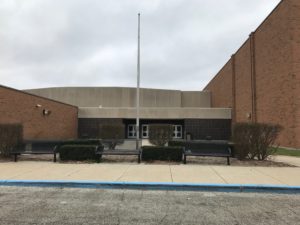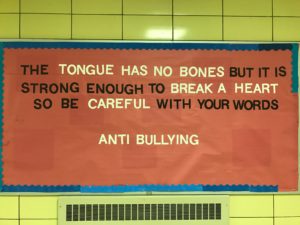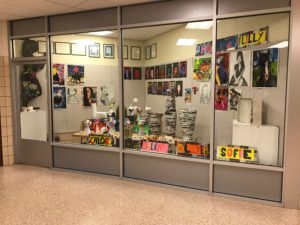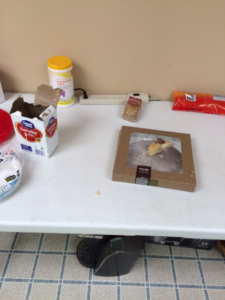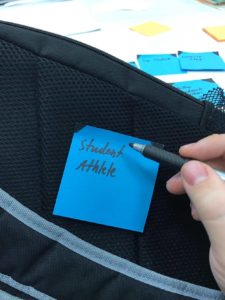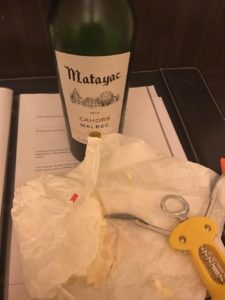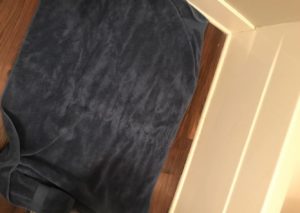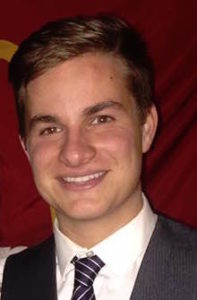On our gallery day we had Principal Eid and Ms. Willis come to the Stayer Center to check out the progress of our work. Having both the administrative perspective of Principal Eid and the teacher perspective of Ms. Willis allowed for a full discussion of situation. We had a ton of information to share with them from all of our work including user interviews, a journey map, and immersion experiences. Our feedback from current students on our graffiti wall done by Pat and student surveys done by YoungJae and Guillermo gave us a lot of different perspectives on the current environment in Clay, while some of our user and expert interviews provided us with parent, principal or school board views that provided an outside look at Clay.
Some of the key takeaways I had following gallery day were:
- The distinction between focusing on the parent or student user experience is key. If we focus on designing for the one user that impacts the issue the most that will be our best bet.
- Improving the view of Clay as a school aesthetically can make a major difference in the view of Clay overall. One thing that Principal Eid mentioned is the difference between how walking into Adams high school and Clay high school is in terms of aesthetics. With the skill of Clay arts students, aesthetic improvements to Clay should be very doable.
- Finding ways to interact with local colleges is an area for opportunity. Currently the only interaction seems to be when college counselors come to Clay to give a talk on their school, but we see going to the college campuses as an experience that may make Clay more attractive. Ms. Willis really liked the idea of possibly going to a college library to do research for an English project as an opportunity to visit a college.
- There is a discrepancy between how administrators and students want administrators to be viewed. Mr. Smith is the disciplinary administrator and many students noted that they disliked Mr. Smith. Principal Eid said that that was a good thing because it meant that Mr. Smith was doing his job.
